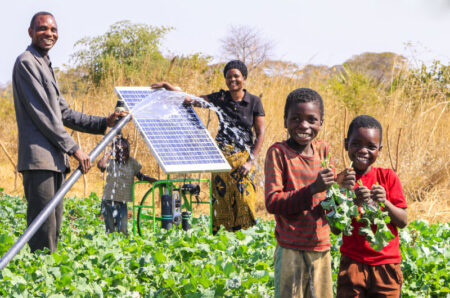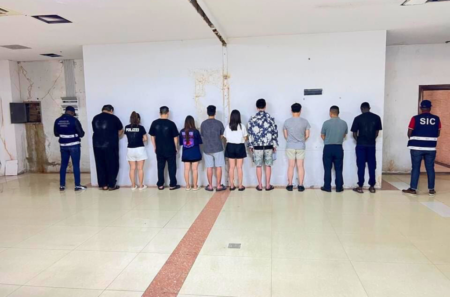Of recent times, microfinance has demonstrably become the most coveted solution to building a robust and efficient national economy that is inclusive of the low-income segment in both urban and rural areas. The historically nascent level of microfinance services in Tanzania has prompted various non-government organization (domestic and foreign) and financial institutions to take up
[elementor-template id="94265"]










